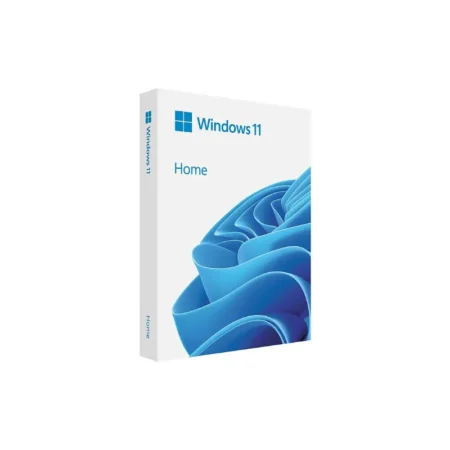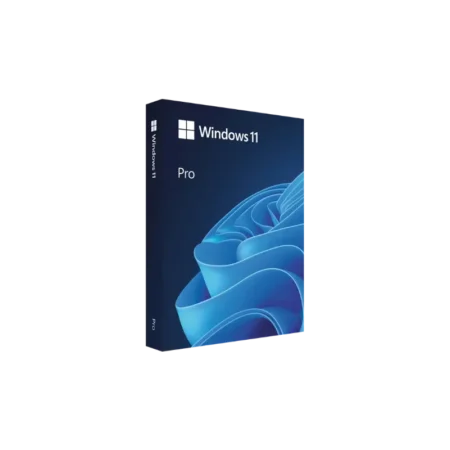Your cart is currently empty!
Windows 11
Showing all 2 results
Windows 11 is the successor to Windows 10, announced by Microsoft in late June 2021.
Although Microsoft said in 2015 that this would be the last version of Windows, it has decided to release a new version of Windows.
In the new Windows 11, everything has been rethought and developed to work on different devices. This is especially noticeable in the new user interface.
Windows 11 has been released in different editions such as the well-known Home , Professional , Education and Enterprise editions.
-
Windows 11 Home
$22.49 – $27.49 -
Windows 11 Pro
$24.95 – $29.99
Windows 11 Home vs. Pro: Setup Differences
The initial setup experience of Windows 11 Home and Pro unveils the first major distinction between the two. Windows 11 Home necessitates an internet connection and a Microsoft account during the initial configuration. While this is the standard procedure, there are workarounds to set up Windows 11 Home without a Microsoft account, and it's possible to disconnect your Microsoft account post-setup. Conversely, Windows 11 Pro allows for a more straightforward setup with a local account.
Another notable difference for business users is that Windows 11 Home cannot join an Active Directory domain, an essential feature for managing enterprise devices. This includes leveraging Windows 11 capabilities like Group Policy. These professional tools are tailored for the business environment and thus not deemed necessary for the average Home user.
Virtualization and Remote Desktop in Windows 11
When it comes to virtualization features, Windows 11 Home and Pro diverge significantly. Home does not support Hyper-V or Windows Sandbox and while it can serve as a Remote Desktop client, it cannot host sessions. This means you cannot remotely access a Windows 11 Home PC using Microsoft's Remote Desktop. However, third-party tools like TeamViewer can offer alternative solutions.
Windows 11 Pro, in contrast, supports all these features, with Hyper-V allowing for the creation of virtual machines, and Windows Sandbox providing an isolated environment for testing software without risk to the main system.
Security Features: Windows 11 Home vs. Pro
Security is paramount, especially for business users dealing with sensitive information. Windows 11 Pro includes BitLocker encryption to secure data on your drives. Even in the event of theft, your files are safeguarded from unauthorized access.
Moreover, Pro features Windows Information Protection (WIP), aiding in the prevention of data leaks by controlling how information is shared outside the company. WIP seamlessly separates personal and corporate data, ensuring that business information can be remotely wiped if necessary without affecting personal files.
CPU and RAM Support
Windows 11 Home supports up to 128 GB of RAM, which suffices for most users, including advanced gaming setups. Pro extends this up to a massive 2 TB, beneficial for users running numerous resource-intensive virtual machines.
Management Features for Business
Primarily, the differences between Home and Pro are geared towards businesses. Device management capabilities like Group Policy and Windows Update for Business are exclusive to Pro. These tools enable IT administrators to roll out updates strategically and configure device policies effectively.
Exclusive features to Windows 11 Pro include:
- Mobile Device Management
- Group Policy
- Enterprise State Roaming
- Assigned Access
- Dynamic Provisioning
- Windows Update for Business
- Kiosk Mode Setup
- Active Directory/Azure AD Integration
Windows 11 is pivoting from the Microsoft Store for Business to a new management experience, which remains Pro-centric.
System Requirements and New Features
Before considering an upgrade, check the system requirements as Windows 11 demands more from your hardware compared to its predecessors. Notably, it runs exclusively on 64-bit systems with a minimum of 4 GB RAM and requires at least 64 GB of storage space.
Windows 11 introduces a refined user interface with smooth transitions, a nod to modern smartphone interfaces, integrated online experiences, and support for widgets. Notably, it brings Android app support via the Amazon App Store, enabling a seamless cross-platform experience.
The new layout functionalities provide structured screen management, and with “snap groups,” Windows 11 remembers your layout preferences, even when disconnecting and reconnecting displays.
These highlights are just a few of the enhancements you'll discover with Windows 11. Upgrade today and explore the full array of features designed to revolutionize your computing experience.



